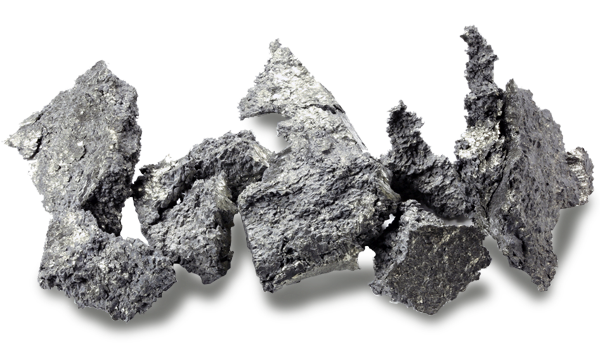Possible replacement for rare earths in magnets found

Scientists may have discovered a method for making magnets used in wind turbines and electric cars without the rare-earth metals that are almost exclusively produced in China.
A team from the University of Cambridge and colleagues from Austria found a new way to make tetrataenite, a possible replacement for rare-earth magnets, according to a research paper from the university. If the manufacturing process is proven to be commercially feasible, it could loosen China’s dominance of the rare-earth market where it accounts for over 80% of global supply.
US President Joe Biden earlier this year backed efforts to boost output of the critical materials, while the European Union’s foreign service this month said the bloc should diversify supply chains, including for rare-earth metals, away from China. In 2019, the Asian nation warned it could cut exports to hit back in its trade war with Washington.
It could be possible to produce tetrataenite, an iron-nickel alloy, at scale by adding the common element phosphorous, the researchers found. Previously, making tetrataenite — whose magnetic properties approach those of rare-earth magnets — in the laboratory relied on impractical methods, they said.
The researchers are hoping to work with major magnet manufacturers to determine whether tetrataenite could be suitable for high-performance magnets.
“Rare earth deposits exist elsewhere, but the mining operations are highly disruptive: you have to extract a huge amount of material to get a small volume of rare earths,” Lindsay Greer from Cambridge’s Department of Materials Science & Metallurgy, who led the research, said in the paper. “Between the environmental impacts and the heavy reliance on China, there’s been an urgent search for alternative materials that do not require rare earths.”
Mining Weekly



